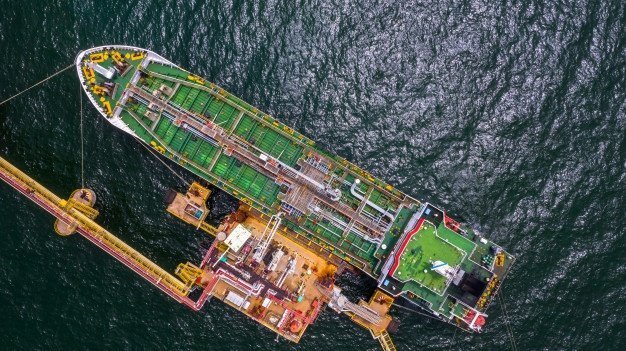Russia’s Novorossiysk port resumed oil loading on Sunday after a two-day halt due to missile and drone attacks by Ukraine.
Oil prices fell on Tuesday as loading operations in Russia, briefly halted by Ukraine’s attacks, resumed, and supply concerns eased. Investors continue to assess the impact of Western sanctions on exports to Russia.
Brent crude futures fell 46 cents, or 0.72%, to $63.74 per barrel by 04:20 GMT. WTI futures fell 45 cents, or 0.75%, to $59.46 per barrel.
Crude prices are trending lower as loading operations in Novorossiysk resumed earlier than expected.
Exports from Novorossiysk and a nearby Caspian Pipeline Consortium terminal, representing a total of about 2.2 million barrels per day, or about 2% of global supply, were halted on Friday. This caused crude oil prices to rise more than 2% that day.
Traders are now trying to assess the long-term impact of Western sanctions on Russian oil flows.
The US Treasury Department said that sanctions imposed on Rosneft and Lukoil in October have already constrained Moscow’s oil revenues and are expected to reduce Russian export volume over time.
Eventually, it’s safe to say that Moscow crude is trading at a significant discount to global benchmarks.
Market concerns are intensifying due to the backlog of oil in tankers as buyers assess the risk of violating sanctions, as Russia has made history with its ability to comply.
As a matter of fact, any disruptions caused by US sanctions will be temporary as long as Russia finds ways to circumvent them again.
The US is determined to maintain sanctions and is proving it will not hesitate to escalate them if necessary. Trump announced on Sunday that Republicans are drafting a bill to impose sanctions on any country doing business with Russia, and that Iran could be included in this legislation.
Oil prices are expected to fall through 2026. However, if Russian production declines even more sharply, it would not be surprising if Brent crude exceeds $70 per barrel in 2026/2027.

